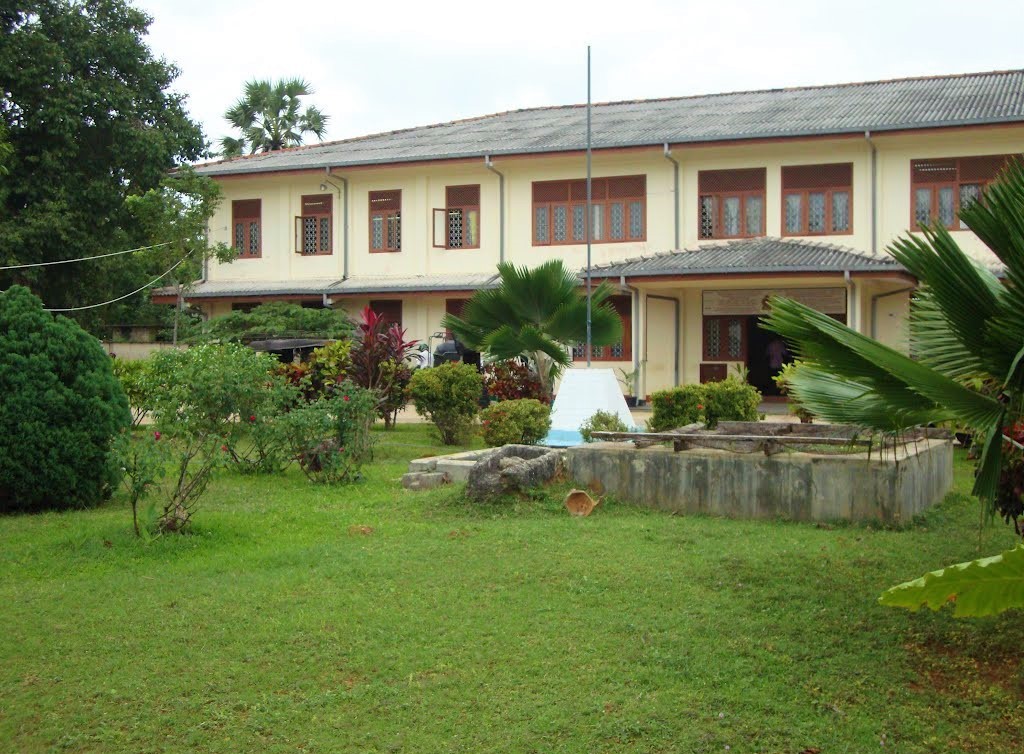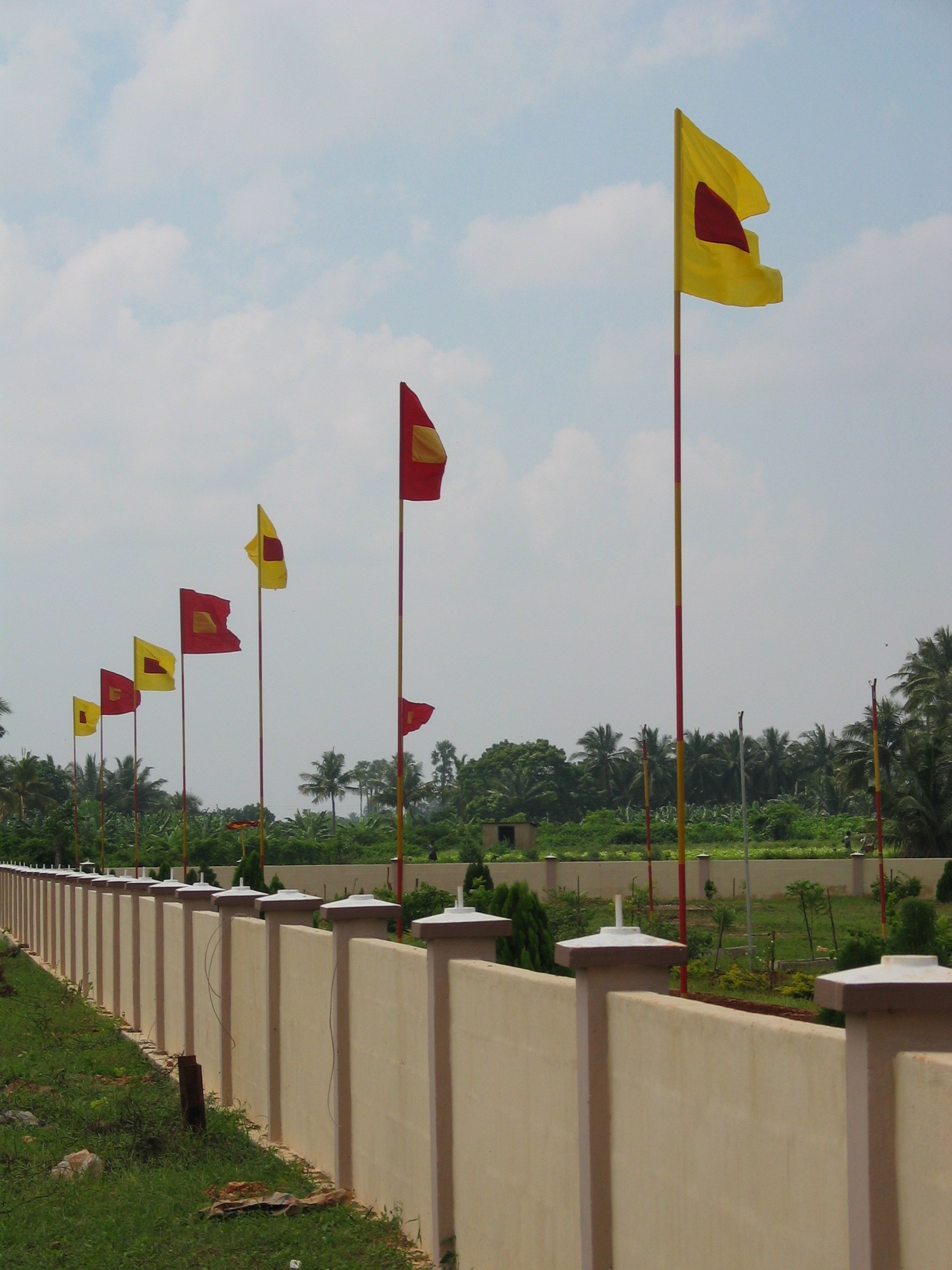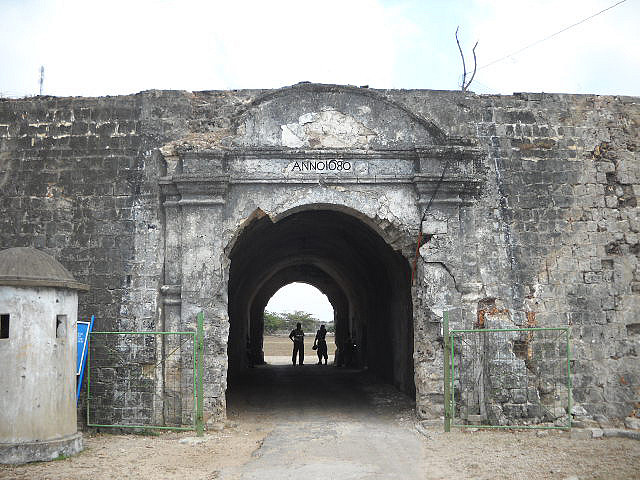|
Kopay
Kopay ( ta, கோப்பாய், translit=Kōppāy) is a town about 4 km from the city of Jaffna along Point Pedro road. An agricultural town consisting mainly of vegetable farms, paddy fields and coconut gardens. The suburb Kopay is blessed with several scholars because of very strong schooling system. Arumuka Navalar established the school managed by Suwaminathan is famous for this. Arrival of Church Missionary Society (CMS) strengthened the educational system. Kopay Christian College is one of the oldest schools in Jaffna with 150 years of service remain unbeaten in producing quality scholars. During the Sri Lankan civil war, Kopay was also known as the place where the Liberation Tigers of Tamil Eelam (LTTE) built their first war cemetery (known as ''Maaveerar Thuyilum Illam'') for their dead fighters when they controlled the Jaffna peninsula in the early 1990s. This cemetery was destroyed by the Sri Lankan armed forces in 1996 after they captured the Jaffna peninsu ... [...More Info...] [...Related Items...] OR: [Wikipedia] [Google] [Baidu] |
Kopay Divisional Secretariat
Kopay ( ta, கோப்பாய், translit=Kōppāy) is a town about 4 km from the city of Jaffna along Point Pedro road. An agricultural town consisting mainly of vegetable farms, paddy fields and coconut gardens. The suburb Kopay is blessed with several scholars because of very strong schooling system. Arumuka Navalar established the school managed by Suwaminathan is famous for this. Arrival of Church Mission Society, Church Missionary Society (CMS) strengthened the educational system. Kopay Christian College is one of the oldest schools in Jaffna with 150 years of service remain unbeaten in producing quality scholars. During the Sri Lankan civil war, Kopay was also known as the place where the Liberation Tigers of Tamil Eelam, Liberation Tigers of Tamil Eelam (LTTE) built their first war cemetery (known as ''Maaveerar Thuyilum Illam'') for their dead fighters when they controlled the Jaffna peninsula in the early 1990s. This cemetery was destroyed by the Sri Lankan arm ... [...More Info...] [...Related Items...] OR: [Wikipedia] [Google] [Baidu] |
Kopay Army Base
Kopay Army Base is a military base in Kopay, Sri Lanka. The base was built on a Liberation Tigers of Tamil Eelam war cemetery. History In the early 1990s, when the rebel Liberation Tigers of Tamil Eelam (LTTE) controlled the Valikamam region of Jaffna peninsula, they built a ''thuyilum illam'' (resting place) for their ''maaveerar'' (great heroes) in Kopay. After the Sri Lankan military recaptured Valikamam in 1995 they destroyed the LTTE cemetery using tractors. After the Norwegian mediated peace process began in 2002 the LTTE started rebuilding their war cemeteries including that at Kopay. After the Sri Lankan Civil War ended in May 2009 with military defeat of the LTTE the Sri Lankan government/military re-commenced destroying LTTE war cemeteries and other memorials for dead LTTE members. In July 2010 the Sri Lankan military destroyed Kopay war cemetery. The cemetery had had 2,000 graves. The Sri Lankan military then started building an army base on the site of the cemetery. ... [...More Info...] [...Related Items...] OR: [Wikipedia] [Google] [Baidu] |
Nallur, Jaffna
Nallur ( ta, நல்லூர்; si, නල්ලූර් ) is an affluent suburb in Jaffna, Sri Lanka. It is located 3 km south from Jaffna city centre. Nallur is most famous for Nallur Kandaswamy temple, one of Sri Lanka's most sacred place of pilgrimage for Sri Lankan Hindus. Nallur is also famous for being the historical capital of the old Jaffna Kingdom and birthplace of renowned philosopher and theologian, Arumuka Navalar. Etymology The name Nall-ur was colloquially used by natives in Jaffna to refer to the town as the 'place of high castes'.Pon Kulendiren’s‘Hinduism a Scientific Religion, & Some Temples in Sri Lanka’, page 154 The first part of the word Nallur ( ''Nall'' ) derives from the Tamil word ‘''Nalla''’ which means 'good'. In the past, it was Tamil linguistic tradition to refer to somebody of a higher or more socially upward caste as 'Nalla akkal' (good people). The second part to the name ( ''Ur'' ) means place or region. This loosely use ... [...More Info...] [...Related Items...] OR: [Wikipedia] [Google] [Baidu] |
Liberation Tigers Of Tamil Eelam
The Liberation Tigers of Tamil Eelam (LTTE; ta, தமிழீழ விடுதலைப் புலிகள், translit=Tamiḻīḻa viṭutalaip pulikaḷ, si, දෙමළ ඊළාම් විමුක්ති කොටි, translit=Damiḷa īḷām vimukthi koṭi; also known as the Tamil Tigers) was a Tamil militant organization that was based in northeastern Sri Lanka. The LTTE fought to create an independent Tamil state called Tamil Eelam in the north-east of the island, due to the continuous discrimination and violent persecution against Sri Lankan Tamils by the Sinhalese dominated Sri Lankan Government.T. Sabaratnam, Pirapaharan, Volume 1, Introduction (2003)T. Sabaratnam, Pirapaharan, Volume 1, Chapter 1: Why didn't he hit back? (2003) Violent persecution erupted in the form of the 1956 and 1958 anti-Tamil pogroms which were carried out by majority Sinhalese mobs often with state support following the passing of the 1956 Sinhala Only Act. Founde ... [...More Info...] [...Related Items...] OR: [Wikipedia] [Google] [Baidu] |
Jaffna
Jaffna (, ) is the capital city of the Northern Province of Sri Lanka. It is the administrative headquarters of the Jaffna District located on a peninsula of the same name. With a population of 88,138 in 2012, Jaffna is Sri Lanka's 12th most populous city. Jaffna is approximately from Kandarodai which served as an emporium in the Jaffna peninsula from classical antiquity. Jaffna's suburb Nallur served as the capital of the four-century-long medieval Jaffna Kingdom. Prior to the Sri Lankan Civil War, it was Sri Lanka's second most populous city after Colombo. The 1980s insurgent uprising led to extensive damage, expulsion of part of the population, and military occupation. Since the end of civil war in 2009, refugees and internally displaced people began returning to homes, while government and private sector reconstruction started taking place. Historically, Jaffna has been a contested city. It was made into a colonial port town during the Portuguese occupation of the J ... [...More Info...] [...Related Items...] OR: [Wikipedia] [Google] [Baidu] |
Portuguese Empire
The Portuguese Empire ( pt, Império Português), also known as the Portuguese Overseas (''Ultramar Português'') or the Portuguese Colonial Empire (''Império Colonial Português''), was composed of the overseas colonies, factories, and the later overseas territories governed by Portugal. It was one of the longest-lived empires in European history, lasting almost six centuries from the conquest of Ceuta in North Africa, in 1415, to the transfer of sovereignty over Macau to China in 1999. The empire began in the 15th century, and from the early 16th century it stretched across the globe, with bases in North and South America, Africa, and various regions of Asia and Oceania. The Portuguese Empire originated at the beginning of the Age of Discovery, and the power and influence of the Kingdom of Portugal would eventually expand across the globe. In the wake of the Reconquista, Portuguese sailors began exploring the coast of Africa and the Atlantic archipelagos in 1418–1419, u ... [...More Info...] [...Related Items...] OR: [Wikipedia] [Google] [Baidu] |
Aryacakravarti Dynasty
The Arya Chakravarti dynasty ( ta, ஆரியச் சக்கரவர்த்திகள் வம்சம், Sinhalese: ආර්ය චක්රවර්තී රාජවංශය) were kings of the Jaffna Kingdom in Sri Lanka. The earliest Sri Lankan sources, between 1277 and 1283, mention a military leader of this name as a minister in the services of the Pandyan Empire; he raided the western Sri Lankan coast and took the politically significant relic of the Buddha's tooth from the Sinhalese capital city of Yapahuwa. Political and military leaders of the same family name left a number of inscriptions in the modern-day Tamil Nadu state, with dates ranging from 1272 to 1305, during the late Pandyan Empire. According to contemporary native literature, such as ''Cekaracecekaramalai'', the family also claimed lineage from the Tamil Brahmins of the prominent Hindu pilgrimage temple of Rameswaram in the modern Ramanathapuram District of India. They ruled the Jaffn ... [...More Info...] [...Related Items...] OR: [Wikipedia] [Google] [Baidu] |
Cankili I
Cankili I ( ta, சங்கிலியன்) (died 1565), also known as Segarasasekaram (Jaga Rajasekharam), is the most remembered Jaffna kingdom king in the Sri Lankan Tamil history. He was very active in resisting Portuguese colonial inroads into Sri Lanka. He also inherited his throne via palace intrigues in which number of heirs apparent died under mysterious circumstances. At the end, he was removed from power by a local uprising that led to his son Puviraja Pandaram taking nominal power from him. Biography His father, Singai Pararasasegaram, had two principal wives and a number of concubines. His first wife, Rajalaksmi, had two sons, Singhabahu and Pandaram. Singai Pararasasegaram second wife was Valliammal, she bore him Paranirupasingham. Cankili's mother had Cankili and a daughter named ''Paravai''. As part of palace intrigues, Cankili was able to ascend the throne. Rule According to a letter by ''Andre de Souza'', ordered Cankili I on November 1544 the murder of hi ... [...More Info...] [...Related Items...] OR: [Wikipedia] [Google] [Baidu] |
Chola Dynasty
The Chola dynasty was a Tamils, Tamil thalassocratic Tamil Dynasties, empire of southern India and one of the longest-ruling dynasties in the history of the world. The earliest datable references to the Chola are from inscriptions dated to the 3rd century BCE during the reign of Ashoka of the Maurya Empire. As one of the Three Crowned Kings of Tamilakam, along with the Chera dynasty, Chera and Pandya dynasty, Pandya, the dynasty continued to govern over varying territories until the 13th century CE. The Chola Empire was at its peak under the Medieval Cholas in the mid-9th century CE. The heartland of the Cholas was the fertile valley of the Kaveri River. They ruled a significantly larger area at the height of their power from the later half of the 9th century till the beginning of the 13th century. They unified peninsular India south of the Tungabhadra River, and held the territory as one state for three centuries between 907 and 1215 CE.K. A. Nilakanta Sastri, ''A Histo ... [...More Info...] [...Related Items...] OR: [Wikipedia] [Google] [Baidu] |
João Ribeiro (historian)
João Ribeiro may refer to: *João Ribeiro de Barros (1900–1947), Brazilian aviator *João Ubaldo Ribeiro (1941–2014), Brazilian author *João Paulo Pinto Ribeiro, Portuguese football forward *João Ribeiro (footballer) (born 1987), Portuguese football midfielder * João Ribeiro (canoeist) (born 1989), Portuguese sprint canoeist * João Luiz Ribeiro (born 1959), Brazilian gymnast *Ponta João Ribeiro Ponta João Ribeiro is a cape in the northern part of the island of São Vicente, Cape Verde. It is 2.5 km northwest of the city centre of Mindelo. The cape divides the Canal de São Vicente and the Porto Grande Bay. The islet of Ilhéu dos ..., cape located in the island of São Vicente {{disambiguation Ribeiro, Joao ... [...More Info...] [...Related Items...] OR: [Wikipedia] [Google] [Baidu] |
Defense (military)
A military, also known collectively as armed forces, is a heavily armed, highly organized force primarily intended for warfare. It is typically authorized and maintained by a sovereign state, with its members identifiable by their distinct military uniform. It may consist of one or more military branches such as an army, navy, air force, space force, marines, or coast guard. The main task of the military is usually defined as defence of the state and its interests against external armed threats. In broad usage, the terms ''armed forces'' and ''military'' are often treated as synonymous, although in technical usage a distinction is sometimes made in which a country's armed forces may include both its military and other paramilitary forces. There are various forms of irregular military forces, not belonging to a recognized state; though they share many attributes with regular military forces, they are less often referred to as simply ''military''. A nation's military may ... [...More Info...] [...Related Items...] OR: [Wikipedia] [Google] [Baidu] |
Paul Pieris
Sir Paul Edward Pieris Deraniyagala Samarasinha Sriwardhana, (February 16, 1874 – 1959) (''commonly known as'' Sir Paul E. Pieris) was a Demographics of Sri Lanka, Ceylonese civil servant and historian. He served as Ceylon's Trade Commissioner and a District Judge and held multiple appointments as president of the Royal Asiatic Society of Sri Lanka. Although his academic and early career was in the legal field, he is best known for being one of the country's foremost experts on the history of European occupation of Sri Lanka. Early life and education Born to John Martinus Pieris Sriwardhana and Don Johannes Dias Bandaranaike, Pieris was educated at S. Thomas' College, Mutwal and in 1889 was judged the most successful candidate at the Cambridge Local Junior Examination in the under-sixteen group, passing out in the first division with distinctions in English, Latin, Greek, Mathematics, Botany, and Drawing. In 1890, he repeated his former success with distinctions in several subj ... [...More Info...] [...Related Items...] OR: [Wikipedia] [Google] [Baidu] |




.png)
